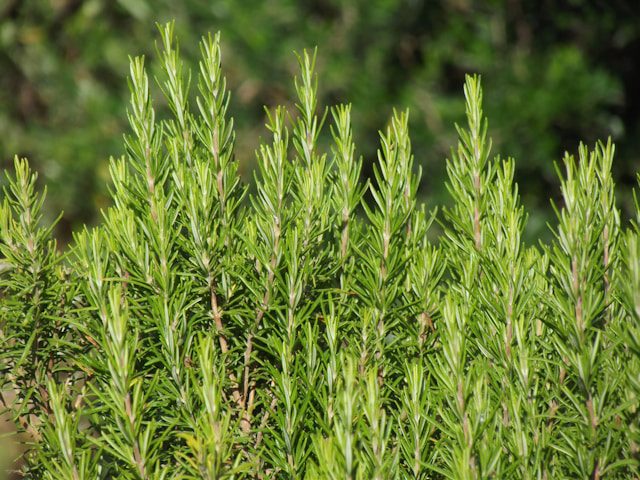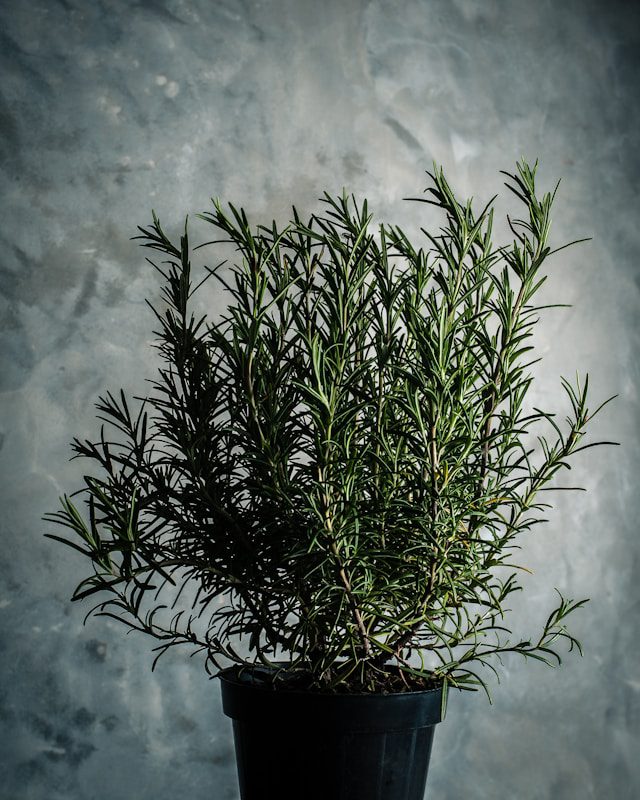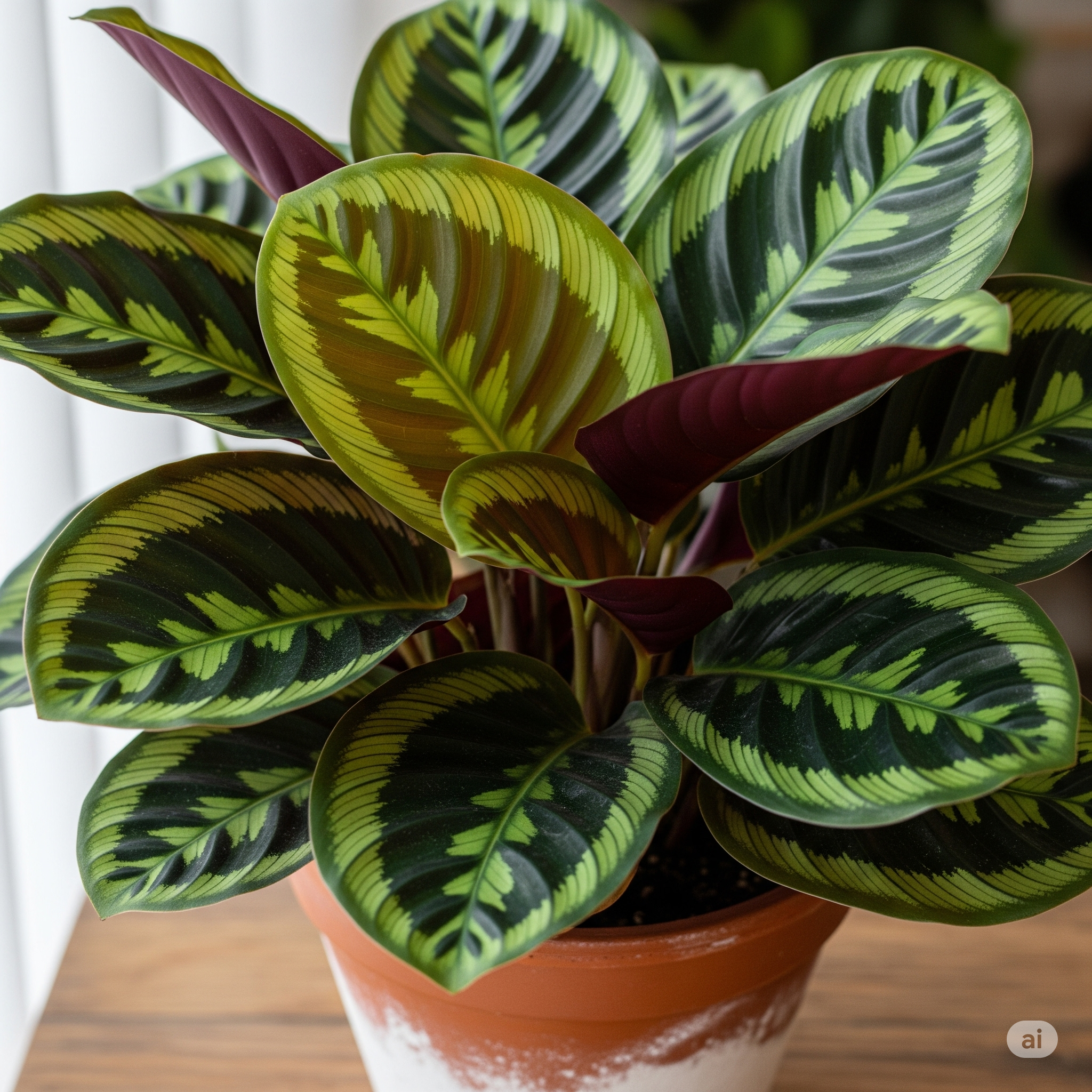Some links on this Website are affiliate links, meaning we may earn a commission if you make a purchase, at no additional cost to you. Please read our full Affiliate Disclosure for more details.
Rosemary is one of the most loved herbs among gardeners and home cooks alike. Its woody fragrance, evergreen leaves, and versatility in the kitchen make it a must-have in any herb collection. The great news is that you don’t need a garden to enjoy it. With the right care and setup, you can easily grow rosemary in a pot on your patio, balcony, or even a sunny windowsill indoors. Container gardening is not only convenient but also gives you greater control over soil quality, drainage, and placement.

If you live in a small space or simply want to enjoy fresh herbs year-round, learning how to grow rosemary in pots is one of the most rewarding gardening skills you can master. Let’s explore in detail how to make sure your potted rosemary thrives.
Why Growing Rosemary in a Pot Works So Well
Growing rosemary in pots offers many advantages over planting it directly in the ground. First, pots provide flexibility. You can move your rosemary plant to catch more sunlight during the day or bring it indoors during the cold winter months. This is especially useful since rosemary is native to the Mediterranean and struggles to survive harsh frost. A container also helps you protect your plant from pests and diseases that spread easily in garden beds.
Another big benefit of growing rosemary in containers is better control over watering. Rosemary dislikes soggy soil and prefers slightly dry conditions, so planting it in a pot with proper drainage makes it easier to prevent root rot. For gardeners with limited space, pots also allow you to grow rosemary on balconies, patios, or kitchen windowsills where fresh sprigs are always within reach.
How to Grow Rosemary in a Pot

Choosing the Right Pot and Soil
One of the most important steps when you decide to grow rosemary in a pot is selecting the right container. Rosemary develops a fairly deep root system, so a pot at least twelve inches deep and wide is ideal. A larger pot is even better if you want the plant to grow into a small, bushy shrub.
Terra cotta pots are highly recommended because they allow soil to breathe and dry out more quickly compared to plastic containers. No matter what pot you choose, make sure it has drainage holes to prevent water from pooling at the bottom.
Equally important is the type of soil you use. Rosemary thrives in a light, well-draining potting mix that mimics its natural Mediterranean environment. A combination of good-quality potting soil with added perlite or coarse sand works perfectly.
Avoid heavy garden soil, as it retains too much water and may suffocate the roots. The ideal soil pH should be slightly alkaline to neutral, ranging between 6.5 and 7.5. To further improve drainage, you can place a thin layer of gravel or small stones at the bottom of your container.
Sunlight and Temperature Needs
To successfully grow rosemary in a pot, you need to place it where it will receive at least six to eight hours of direct sunlight every day. Outdoors, a sunny patio, balcony, or deck works well. Indoors, the best location is a bright, south-facing window that receives consistent light throughout the day.
If you live in an area with limited sunlight, especially during the winter months, consider using a grow light to supplement natural light. Rosemary can tolerate temperatures between 60°F and 80°F (15°C to 27°C), but it is not frost-hardy.
In regions with harsh winters, you should bring your potted rosemary indoors before the first frost and keep it near a sunny window until warmer weather returns.
Watering Rosemary in Pots
Watering is often where many gardeners make mistakes when growing rosemary in containers. Unlike other herbs that like consistently moist soil, rosemary prefers slightly dry conditions. The rule of thumb is to water deeply but less frequently. You should allow the top inch of soil to dry out before watering again.
To test, insert your finger into the soil; if it feels dry, it is time to water. If it is still moist, wait a little longer.
When watering, make sure to pour until water drains out of the bottom of the pot, ensuring the roots receive enough moisture. However, never leave the pot sitting in a saucer of water, as this can cause root rot.
During hot summer months, you may need to water more often, while in cooler winter months, watering should be reduced since the plant goes into a semi-dormant state.
Feeding and Fertilizing Rosemary
Although rosemary is not a heavy feeder, giving it the right nutrients will help it grow strong and flavorful. A balanced liquid fertilizer applied once every four to six weeks during the growing season is sufficient. You can also use organic alternatives such as compost tea or diluted fish emulsion.
The key is moderation. Too much fertilizer may lead to rapid, weak growth and can even reduce the intensity of rosemary’s flavor and aroma. During winter dormancy, there is no need to fertilize your plant.
Pruning and Harvesting Rosemary
Pruning rosemary regularly is essential when you grow rosemary in a pot, as it helps the plant maintain its shape and encourages bushier growth. If left unpruned, rosemary can become woody and sparse. Light pruning throughout the year will keep it healthy, and you can harvest fresh sprigs at the same time.
When harvesting, snip young, tender stems instead of old woody ones, as these have the best flavor for cooking. Never cut more than one-third of the plant at a time, as this can weaken it. Once a year, you can perform more thorough pruning to remove old growth and rejuvenate the plant. This ensures your rosemary stays productive for years to come.
Caring for Rosemary in Winter
If you live in a warm climate, you can keep your rosemary outside all year round. However, in colder regions, overwintering becomes important. Before the first frost, move your potted rosemary indoors to protect it from freezing temperatures.
Place it in the sunniest spot available, preferably near a south-facing window. Because indoor air can be dry during winter due to heating, misting the leaves occasionally or using a humidity tray can help prevent the plant from drying out. Water sparingly, keeping the soil slightly dry, and avoid fertilizing until spring.
Common Problems When Growing Rosemary in Pots
Even with proper care, you may face some challenges while growing rosemary. Yellowing leaves often indicate overwatering or poor drainage. If you notice this, check the soil and ensure the pot is not holding excess moisture.
Powdery mildew, which appears as a white powdery coating on leaves, can occur in humid conditions. To prevent this, ensure good air circulation and avoid wetting the leaves when watering. Leggy growth usually means the plant is not receiving enough sunlight, so moving it to a brighter location often helps.
Lastly, if the roots start circling the pot, your rosemary has become root-bound, and it is time to repot it into a larger container.
Frequently Asked Questions (FAQs)
1. Can rosemary survive indoors all year round?
Yes, rosemary can survive indoors throughout the year if given enough light. Place it near a bright south-facing window or under a grow light to ensure it receives at least six to eight hours of sunlight daily. Be mindful of indoor heating, which can dry out the air—occasional misting or a humidity tray can help.
2. How often should I water rosemary in a pot?
Water rosemary only when the top inch of soil feels dry. On average, this may be once or twice a week in warm months and less during winter. Overwatering is the most common reason rosemary fails in pots, so it’s important to let the soil dry slightly between waterings.
3. What size pot is best for rosemary?
A pot that is at least twelve inches deep and wide is recommended, as rosemary has long roots. Larger pots encourage bushier growth and reduce the need for frequent repotting. Always ensure the container has good drainage holes to prevent waterlogging.
4. Why is my rosemary turning yellow in the pot?
Yellowing leaves usually signal that the plant is receiving too much water or that the soil isn’t draining well. Check the pot’s drainage holes and consider using a lighter potting mix with added sand or perlite. Allowing the soil to dry slightly between waterings often solves the problem.
5. How do I prune rosemary in a pot?
Prune rosemary regularly by trimming young green stems, which encourages bushier growth. Avoid cutting woody stems unless doing a rejuvenation prune once a year. When harvesting, never remove more than one-third of the plant at once to keep it healthy.
6. Does rosemary need fertilizer when grown in a pot?
Yes, but only lightly. A balanced liquid fertilizer once a month during the growing season is enough. Too much fertilizer can cause fast but weak growth and may reduce the herb’s strong flavor. Organic alternatives such as compost tea work well, too.
7. Can I grow rosemary in a pot from seeds?
It is possible, but rosemary seeds germinate slowly and can be difficult for beginners. A faster option is to start with a nursery plant or propagate rosemary from cuttings, which ensures quicker growth and a more robust plant.

